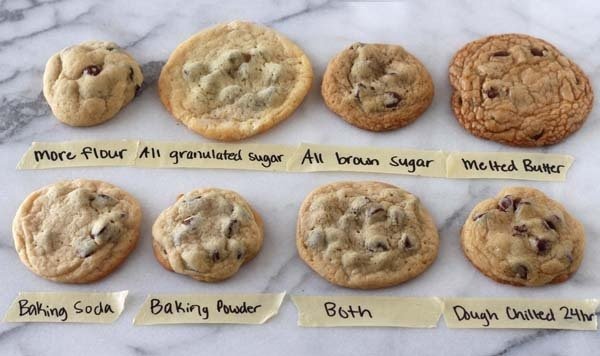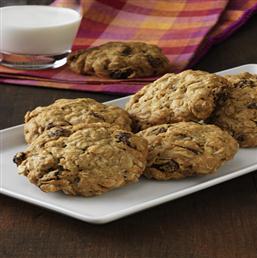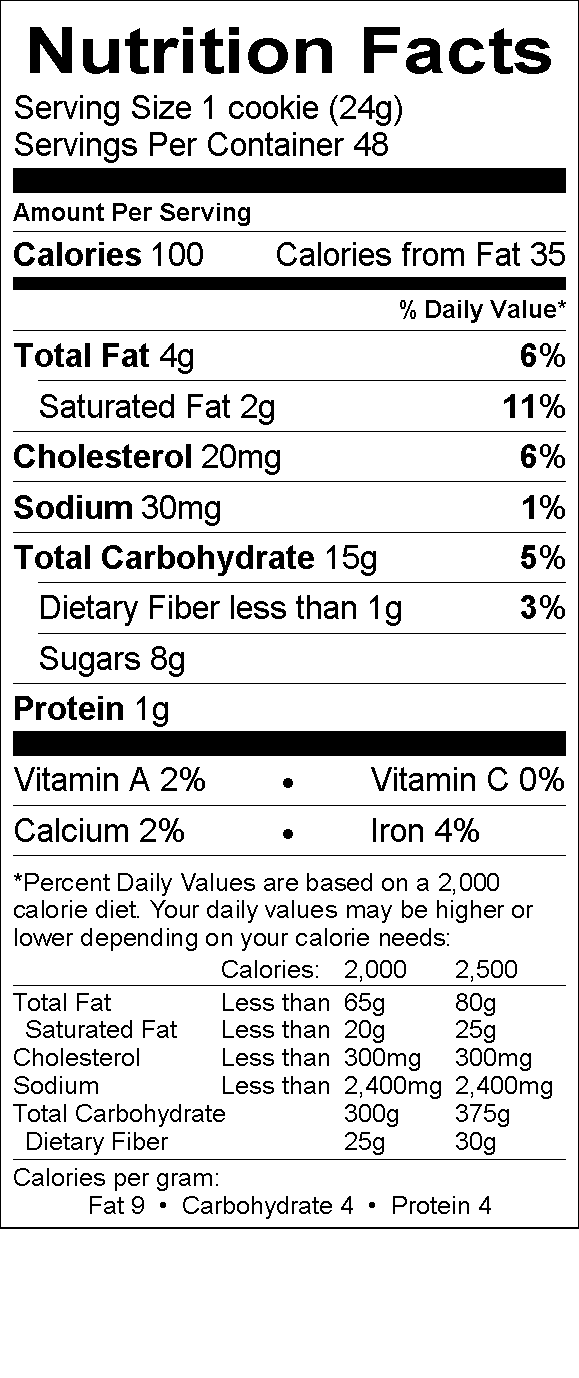The Science of Baking Cookies
 You like soft and chewy. He likes thin and crispy. If only there was a way to bake chocolate chip cookies to please everyone.
You like soft and chewy. He likes thin and crispy. If only there was a way to bake chocolate chip cookies to please everyone.
In a TEDEd animation, the science behind great cookie baking is explained, “It looks like a monster coming alive. For a moment, it sits there innocuous ... then it bulges outward ... it triples in volume. Its color darkens ominously. And its surface hardens into an alien topography of peaks and craters. ... The kitchen timer dings: Your cookies are ready."
So what's going on in that oven? How does the heat make our cookies so delicious? It's all about the chemistry. And chemistry has never been so yummy.
To view the video, go to https://www.youtube.com/watch?v=n6wpNhyreDE&noredirect=1
Take, for instance, the cookie's diameter. Its size depends on how quickly the dough spreads out as the butter melts in the oven. If you start off with melted butter in the raw dough — instead of cold butter chunks — the dough is immediately wetter and will spread out faster. The result is a flatter, wider cookie.
But the butter's temperature will also affect the cookie's texture. It changes the air pockets left behind as the water in the butter converts into gas. Melted butter creates smaller and more holes. That makes for a chewier cookie.
On the other hand, if you incorporate chunks of cold butter into the dough, you get larger pockets of air and a fluffier, cakier cookie. You can also switch out the baking soda for baking powder for a fluffier treat. The powder gives the cookie an extra kick of leavening because it produces carbon dioxide gas both when it's mixed in the dough and when it heats up.
So, if you have a cookie recipe, and it's not quite what you want, you can take these basic concepts and use them to engineer the perfect cookie.
A nice tan: Set the oven higher than 350 degrees Fahrenheit (maybe 360). Caramelization, which gives cookies their nice brown tops, occurs above 356 degrees.
Crispy with a soft center: Use 1/4 teaspoon baking powder and 1/4 teaspoon baking soda.
Chewy: Substitute bread flour for all-purpose flour.
Thick (and less crispy): Freeze the batter for 30 to 60 minutes before baking. This solidifies the butter, which will spread less while baking.
Cakey: Use more baking soda because it releases carbon dioxide when heated, which makes cookies puff up.
When it comes to sautéing a chicken breast or making a pasta dish, many cooks can wing it. But when baking, it's a completely different story, since ingredients and methodology truly matter. That's because the structure of a baked good, like a cookie, has to be built from the ground up, and every ingredient…flour, sugar, fat, eggs, leaven, and salt…plays a key role. For more about the science behind the way these ingredients work to create both flavor and structure, go to http://www.finecooking.com/item/55415/the-science-of-baking-cookies .
Martha Murphy
Pittsburg EFNEP
Wildcat Extension District
(620) 232-1930
mmurphy@ksu.edu
For additional information, contact the Wildcat Extension District, Crawford County, 620-724-8233, Labette County, 620-784-5337, Montgomery County, 620-331-2690, Pittsburg Office, Expanded Food and Nutrition Education (EFNEP), 620-232-1930. Our website is http://www.wildcatdistrict.k-state.edu/ or follow us on Facebook: Wildcat Extension District.
K-State Research and Extension is an equal opportunity provider and employer.
Oatmeal Raisin Cookies
- ½ cup (1 stick) plus 6 tablespoons butter, softened
- ¾ cup firmly packed brown sugar
- ½ cup granulated sugar
- 2 eggs
- 1 teaspoon vanilla
- 1½ cups all-purpose flour
- 1 teaspoon baking soda
- 1 teaspoon ground cinnamon
- ½ teaspoon salt (optional)
- 3 cups quick or old fashioned oats, uncooked
- 1 cup raisins
- Heat oven to 350°F. In large bowl, beat butter and sugars on medium speed of electric mixer until creamy.

- Add eggs and vanilla; beat well.
- Add combined flour, baking soda, cinnamon and salt; mix well.
- Add oats and raisins; mix well.
- Drop dough by rounded Tablespoonfuls onto ungreased cookie sheets.
- Bake 8 to 10 minutes or until light golden brown.
- Cool 1 minute on cookie sheets; remove to wire rack.
- Cool completely. Store tightly covered.
- Yield: 4 dozen
